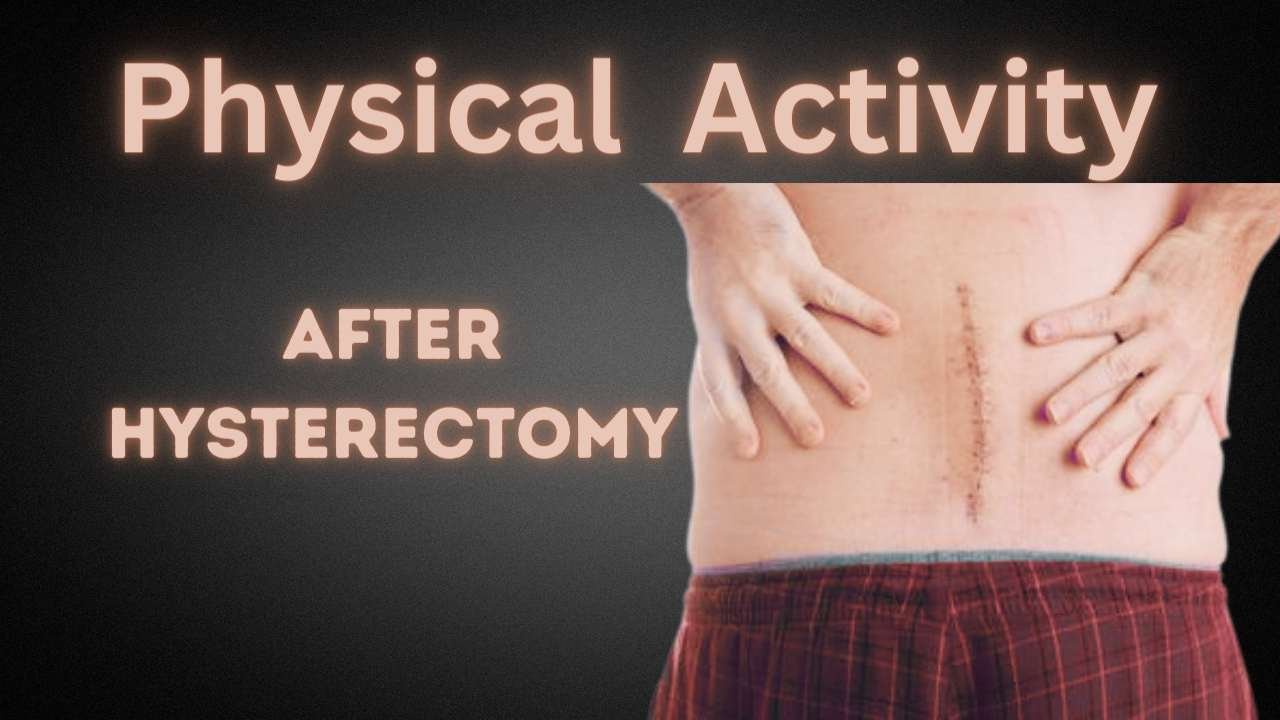Undergoing a hysterectomy is a significant medical procedure that requires careful consideration and planning. After surgery, it is essential to be cautious when starting physical activities. From the mundane tasks of vacuuming to the exhilarating adventures of hiking, many individuals wonder about the appropriate timeline and precautions for various activities following surgery. In this article, we’ll explore common questions surrounding physical activities such as riding a recumbent bike, vacuuming, exercising, using a walker, wearing heels, hiking, and using a treadmill after a hysterectomy.
Riding a Recumbent Bike After a Hysterectomy
Recumbent bikes are often considered a gentler option for cardiovascular exercise, especially for postoperative patients. While individual recovery experiences may vary, many healthcare professionals suggest waiting until at least six to eight weeks after surgery before engaging in such activities. Starting slowly and gradually increasing the intensity can prevent strain and discomfort.
Vacuuming After a Hysterectomy
The recommendation to avoid vacuuming after a hysterectomy stems from the need to minimize strain on the abdominal muscles during recovery. Vacuuming repetitive motion and bending can disrupt healing and lead to complications. It’s generally advised to refrain from heavy lifting and strenuous activities, including vacuuming, for at least six weeks post-surgery.

Exercising Four Weeks After a Hysterectomy
Engaging in light exercise four weeks after a hysterectomy may be feasible for some women, but following medical guidance and listening to your body is essential. Low-impact activities, “Examples of low-impact exercises include walking or modified yoga poses.” Examples of low-impact exercises include walking or modified yoga poses.” can help improve circulation and aid recovery. However, high-intensity workouts or activities that strain the abdominal area should be avoided until cleared by a healthcare provider.
Using a Walker After a Hysterectomy
The need for a walker after a hysterectomy depends on various factors, including the type of surgery performed and individual recovery progress. While some individuals may require mobility aids temporarily, others may find they can move around comfortably without assistance shortly after surgery. It’s essential to follow postoperative instructions by healthcare professionals and use mobility aids as needed. “I will wear flat shoes after my hysterectomy to prevent falls and promote a safe recovery.”
The timeline for wearing heels after a hysterectomy largely depends on individual comfort and healing progress. While some individuals may feel comfortable wearing low heels within a few weeks of surgery, others may prefer to wait longer. It’s essential to prioritize comfort and support, opting for shoes with sturdy soles and adequate cushioning. “To avoid unnecessary stress during the healing process.”
Hiking after a hysterectomy
Hiking is a more strenuous activity that typically requires a more extended recovery period before participation. While it’s essential to stay active, individuals should wait until they have fully healed and regained strength before attempting hikes or other demanding outdoor activities. Starting with shorter, less challenging trails and gradually increasing distance and difficulty can prevent overexertion and minimize complications.
Using a Treadmill After a Hysterectomy
A treadmill can be an excellent option for gradually reintroducing cardiovascular exercise after a hysterectomy. However, starting slowly and adjusting the intensity is essential based on your comfort level and medical guidance. Walking at a moderate pace and avoiding steep inclines can prevent strain on the abdominal muscles while promoting cardiovascular health and overall well-being.
In conclusion, navigating physical activities after a hysterectomy requires patience, attentiveness to one’s body, and adherence to medical advice. While it’s natural to be eager to resume normal activities, it’s crucial to prioritize healing and recovery to ensure long-term health and well-being. You can support a smooth and successful recovery journey by gradually reintroducing activities and listening to your body’s cues. Consult your healthcare provider for personalized guidance and recommendations based on your unique circumstances.

